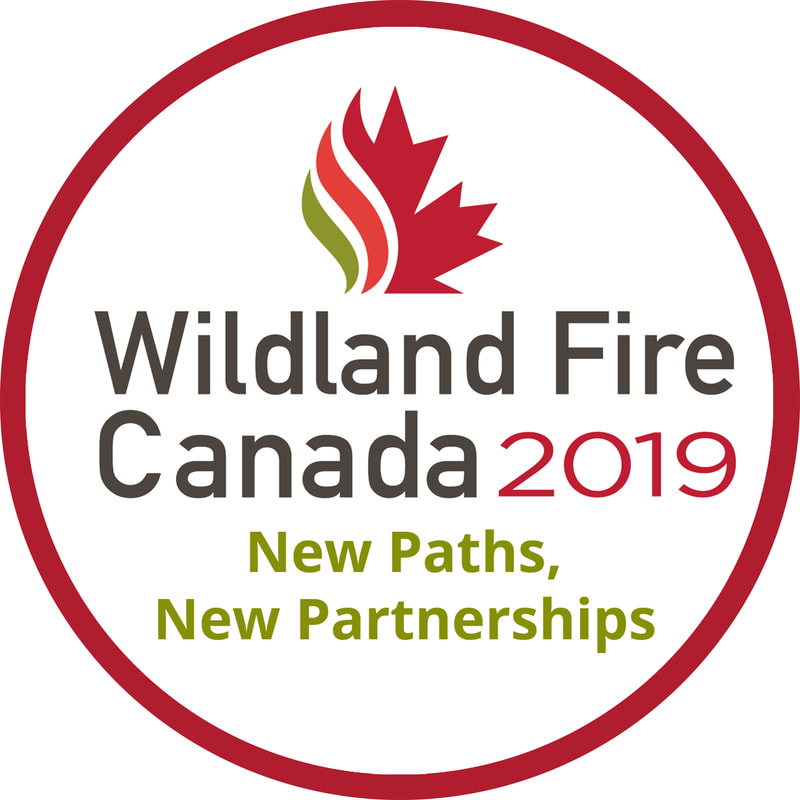Another one of our tasks was to identify and recruit six outstanding keynote speakers – and here again – the diversity objective came into play. As a female who has spent the past 25 years working professionally in male-dominated workplaces ranging from frontline firefighting to senior supervisory roles, I have personally experienced just about every kind of gender-based bullying, discrimination and harassment that you can imagine. I know that real change only happens when individuals with influence and power take it upon themselves to protect, inspire, mentor and support women working in unconventional roles so they can persevere and overcome what are often seemingly insurmountable barriers to their professional success.
When Deanne returned to the speaker table after her talk, I shook her hand and congratulated her. She looked at me cheerfully and said “I’m retired, I can talk about these things. Someday you’ll be retired too.” This is true.
Nonetheless, at the conference and on social media, I heard some grumblings about the lack of diversity at the conference.
By their very nature, conference programs and attendees will mirror their respective communities and we should not expect them to achieve some idealized notion of what that community ought to look like. Real diversity in the wildland fire science and management community is going to take time and will only be achieved through ongoing, everyday commitment to action. That being said, I do believe that events like conferences can serve as catalysts for change – the challenge is to move beyond token representations of diversity that are unlikely to persist in any kind of meaningful or sustained ways after the conference ends. Deanne was our only female keynote. We tried unsuccessfully to recruit more women into those roles, but I’m not sure that a 50/50 gender split would have made sense as a target. Superficial representations at conferences won’t change the real disparities or the ingrained barriers. I like to think that highlighting even one inspiring voice can bring about big changes in how the broader community thinks and acts. I hope that anyone who wanted to see more speakers at the conference who were female or Indigenous or social scientists or fire managers or any other under-represented group will make a personal commitment to take real action in the years ahead to support and mentor representatives to fill those gaps at the next conference. But let’s be sure to measure our progress in achieving diversity using meaningful metrics – not token participation numbers at a single event. The diversity panel I saw in Albuquerque and the one Maria Sharpe organized for our conference provide an excellent template for sustaining the diversity conversation. It can be done – get people together and give them a voice. Then listen. As for me – I’m looking forward to attending the next conference rather than planning it. I’d encourage everyone to volunteer for a conference planning role at some point in their careers. It was a great experience and I learned so much from it all. I really am exceedingly grateful that I had a chance to be a part of the planning team for Wildland Fire Canada 2019. It was such an honour to work with so many great people including my program committee members; two very adept conference Co-Chairs, Mike Wotton (Canadian Forest Service) and Bill Cole (Ontario Ministry of Natural Resources and Forestry, now retired); Natasha Jurko (Canadian Forest Service) who is my recommendation for the next Wildland Fire Canada Conference Chair; and countless other moderators, special session organizers, speakers, participants and volunteers who stepped-up to ensure the conference was a success. Thank you all so much!
2 Comments
Neal McLoughlin
1/30/2020 10:24:53 am
Jen, it was a pleasure working under your leadership on the Program Committee. Organizing a conference such as Wildland Fire Canada is not a trivial undertaking. Promoting gender diversity at a conference that draws upon a professional community that has favored men adds an additional layer of complexity. We may not have achieved idealized notions of what diversity ought to look light. However, I saw far more gender and ethnic diversity attending, presenting, and supporting Wildland Fire Canada 2019 than other fire conferences I have attended. Cultural and societal norms heavily influence gender diversity in workplaces and professional communities. My daughter in grade 5 has already commented that some jobs are only for men. What??? Canada's wildland fire community is making progress. I'm proud to say we are playing a role in making a difference for future generations.
Reply
5/4/2022 10:28:05 am
I have personally experienced just about every kind of gender-based bullying, discrimination and harassment that you can imagine. Thank you, amazing post!
Reply
Leave a Reply. |
FIELD NOTESOur research at the University of Alberta often involves stints in the field. Field Notes posted here are written by team members and report on their adventures off-campus. Archives
December 2024
|
© 2025 by J. Beverly
Banner photo courtesy Alberta Wildfire - Fire PWF-034 2018
Banner photo courtesy Alberta Wildfire - Fire PWF-034 2018







 RSS Feed
RSS Feed